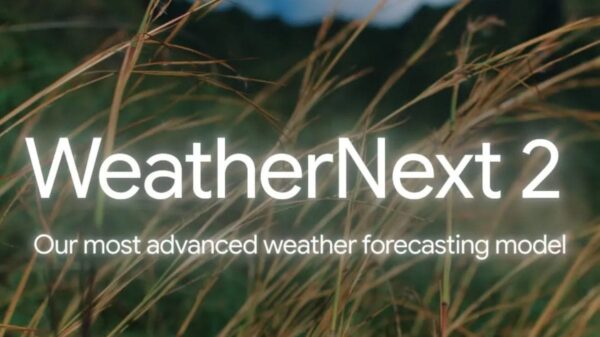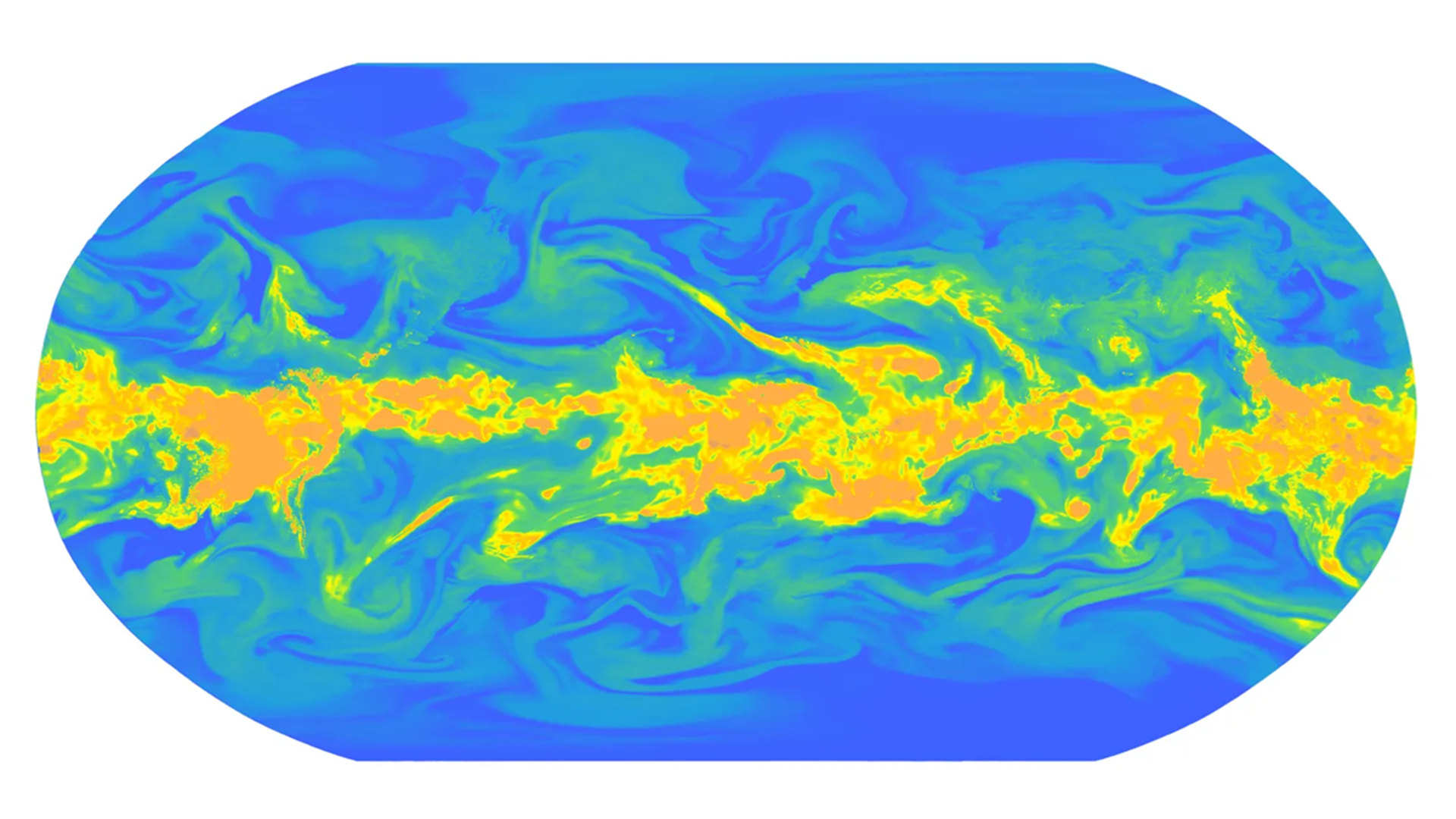Google has launched an advanced AI-driven weather forecasting model known as WeatherNext 2, which significantly enhances the accuracy and speed of weather predictions. Developed by Google DeepMind and Google Research, this new model is capable of simulating hundreds of potential weather outcomes in less than a minute, offering predictions that are not only faster but also more detailed and precise compared to traditional systems.
Traditionally, weather forecasting relies on complex physics-based models that can take hours of computation on supercomputers to generate a single forecast. In contrast, WeatherNext 2 processes vast amounts of meteorological data to produce forecasts up to eight times quicker. By leveraging a novel architecture called a Functional Generative Network (FGN), the model does not depend solely on complete forecasts or entire weather systems. Instead, it analyzes individual variables—such as temperature, wind speed, and humidity—to understand how these elements interact to create intricate weather patterns like storm fronts or heat waves.
WeatherNext 2 is now integrated into several widely-used Google platforms, including Google Search, Gemini, Pixel Weather, and Maps. A broader rollout via the Google Maps Platform Weather API is expected soon. This integration is more than just a backend update; it represents a paradigm shift in how weather forecasts are communicated. Instead of offering a single “most likely” outcome, WeatherNext 2 provides a comprehensive view of potential weather scenarios, thus giving users greater insight into what they might expect in the near future.
For instance, rather than simply indicating a “40% chance of rain,” users can now see a range of potential weather scenarios for their planned activities, such as an afternoon walk. This information is crucial as it allows for better decision-making based on realistic forecasts, enhancing the everyday lives of individuals and various sectors that rely on accurate weather data.
See alsoThe Science Behind WeatherNext 2
Google claims that WeatherNext 2 outperforms its predecessor, achieving greater accuracy for 99.9% of weather variables, and can provide forecasts up to 15 days in advance. This advancement enables more frequent updates and a comprehensive understanding of weather patterns, allowing for better preparedness in situations where uncertainty is a factor.
As the model is put to practical use, platforms such as Google Gemini will begin to display forecasts generated by WeatherNext 2. The potential benefits for the average user include not only enhanced daily planning but also substantial impacts on industries dependent on weather forecasting. For example, renewable energy providers can optimize operations by more accurately predicting wind and solar outputs, while emergency services can make better-informed decisions when responding to weather-related events.
The focus on uncertainty is crucial in this context. As forecasting evolves from providing a single prediction to presenting a spectrum of possible outcomes, it allows users to make strategic preparations rather than simply hoping for the best. This shift could revolutionize how individuals and organizations approach planning in weather-sensitive contexts, from agriculture to transportation.
Addressing Larger Implications
While WeatherNext 2 does not solve the complexities of climate change or its associated natural disasters, it presents an essential step towards better addressing these challenges. By refining weather forecasting through AI, Google has laid the groundwork for improved decision-making in sectors that are often vulnerable to unpredictable weather patterns.
In conclusion, WeatherNext 2 stands as a significant advancement in weather forecasting technology. It not only enhances the accuracy and speed of predictions but also fundamentally changes how users interact with weather information, promoting a more informed approach to navigating everyday decisions affected by weather.








































































